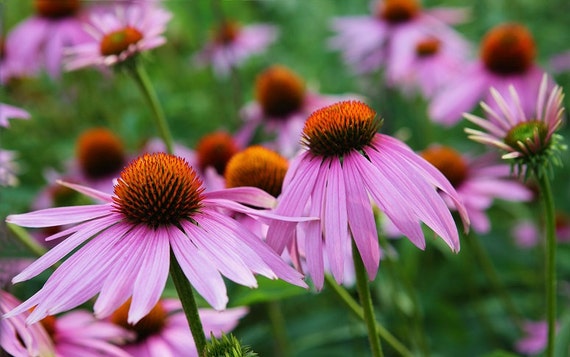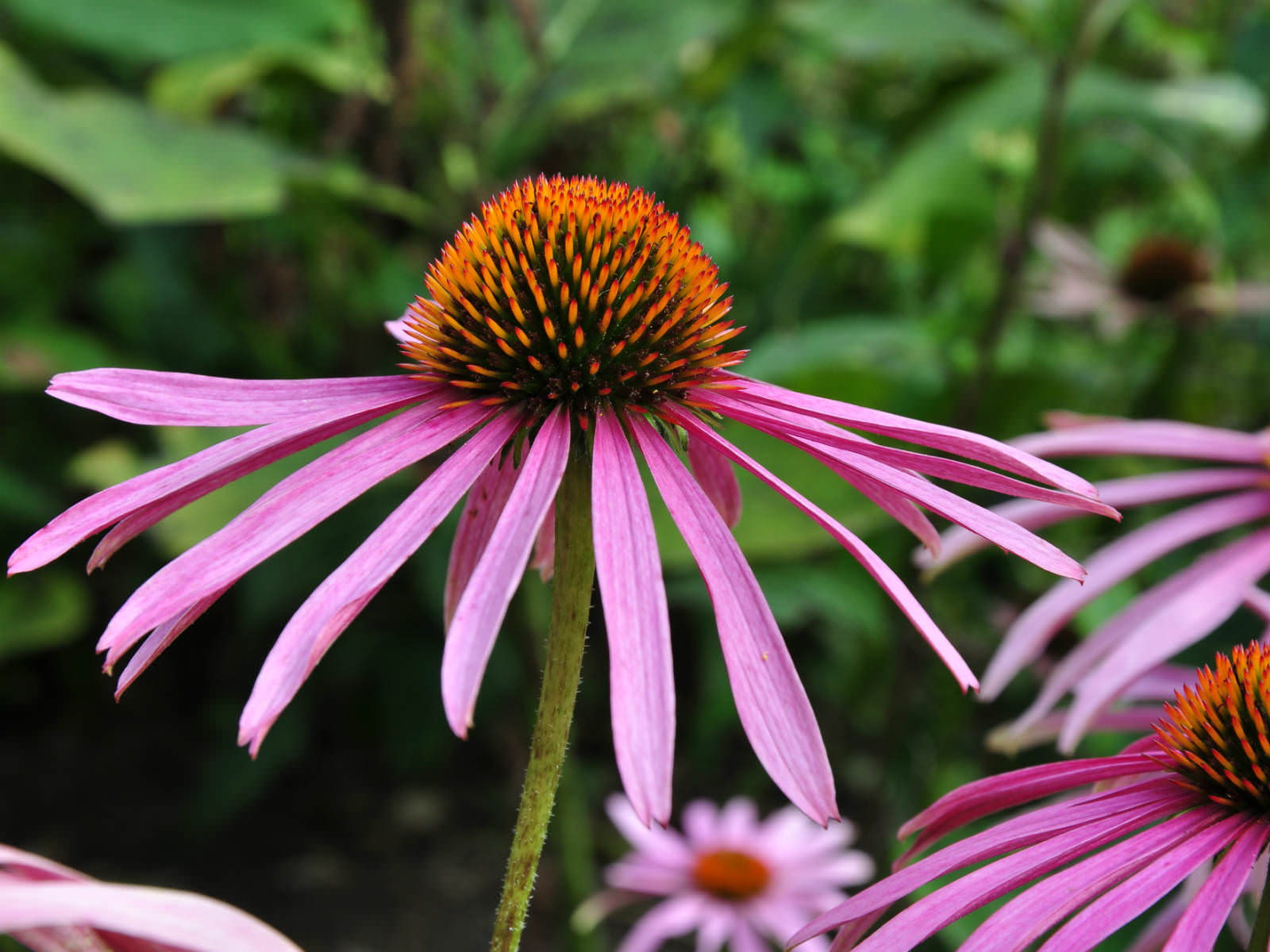

Today, Echinacea is reported to improve the body’s immune system, and it’s used in treating respiratory illnesses, as an anti-inflammatory and in treating wounds. Extra fertilizer is not needed if organic mulches are added each year to the base of the Echinacea clump.Ĭonsidered to be a medicinal herb, Purple Coneflower was widely used by the American Indians as a remedy for illnesses and snake bites. Echinacea does not compete well with weeds, so weeds must be kept cut down, and mulching around the base of the plants with organic matter will help suppress weeds. Echinacea plants should be divided every few years to keep them blooming well. Propagation from root cuttings is also reliable when done in the fall.Ĭoneflower care includes deadheading the spent flowers to promote additional blooms however, leaving the flowers to dry will also attract songbirds to eat the dried seeds in the winter. Keep the seeds moist, and with an optimal temperature of 70°-75☏, germination is usually within 2 – 4 weeks. Lightly rake the seeds into the soil, covering the seed with no more than 1/8 inch of soil. In a prepared seedbed that is weed free, broadcast Echinacea seeds at a rate of 12 pounds per acre.
Purple coneflower seeds how to#
How to Grow Echinacea from flower seed: Commercial growers recommend a pretreatment of cold/moist stratification for 30 – 90 days prior to planting Echinacea seeds in the spring after frost season has passed. Echinacea is great for cutting with a long vase-life of 5 – 7 days.

All these hybrids need the same care as regular coneflowers. ‘Kim’s Knee High’ is a compact-growing coneflower bearing rosy-pink flowers on an 18-inch-tall plant. There bloom season is long, lasting much of the summer and into the fall. Imagine a purple coneflower that has a second set of smaller petals growing from the top of the cone. The flowers are arranged individually on long, sturdy stems, and the foliage is simple, lance-shaped and slightly rough. The name comes from the Greek word ‘echinos’ which means hedgehog and refers to the spiny cone. The flowers are aromatic, daisy-like with slightly drooping petals and normally in shades of lavender and purple (although some cultivars are red, white and yellow) with an iridescent orange-red-brown, coned center. Echinacea will enhance any flower border or garden, and it’s lovely when grown in meadows and naturalized settings.


 0 kommentar(er)
0 kommentar(er)
